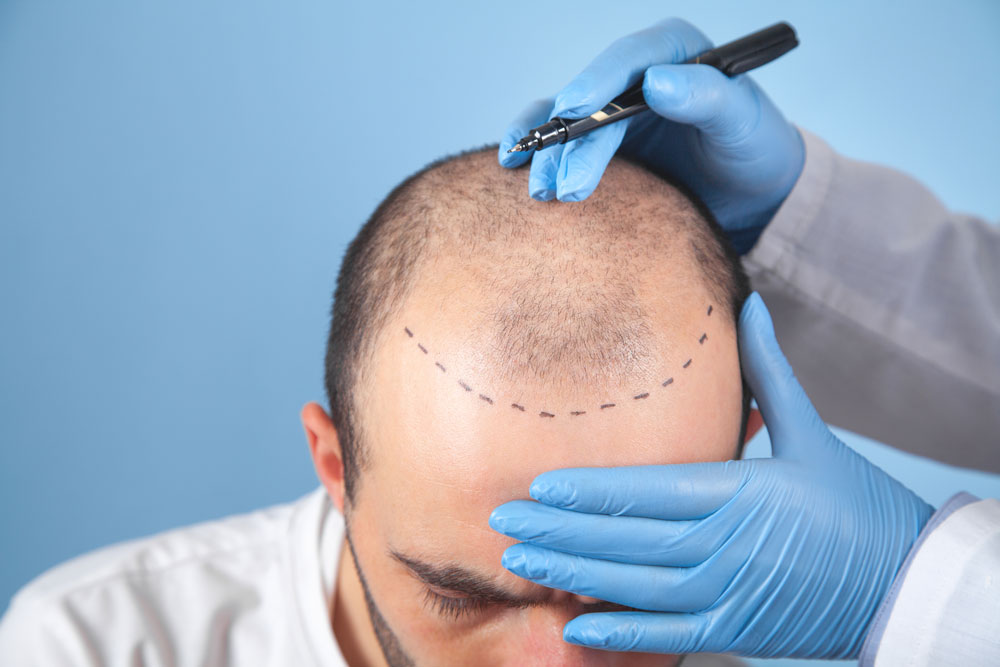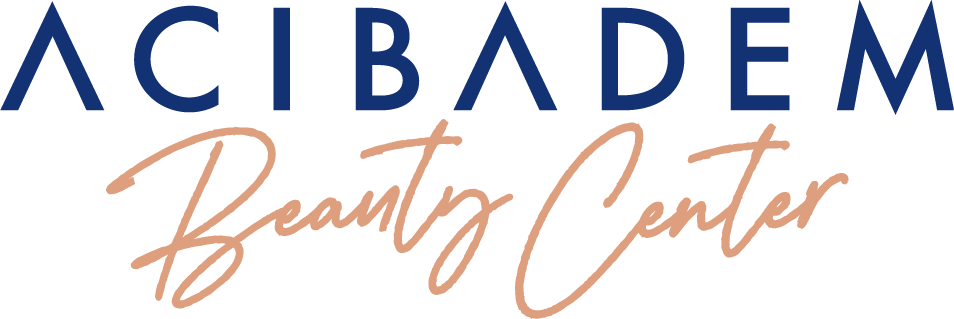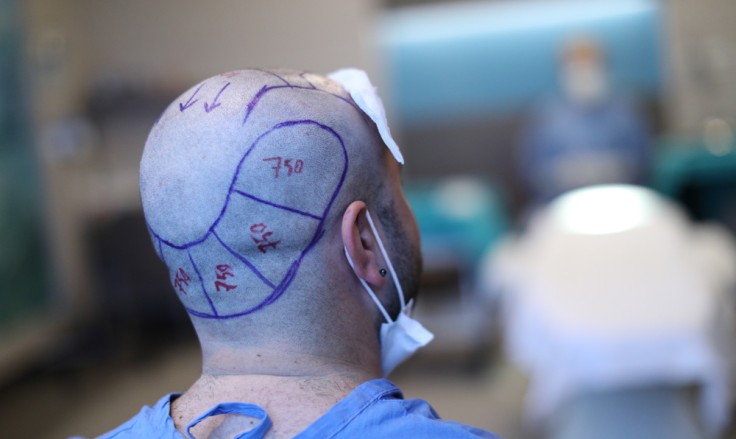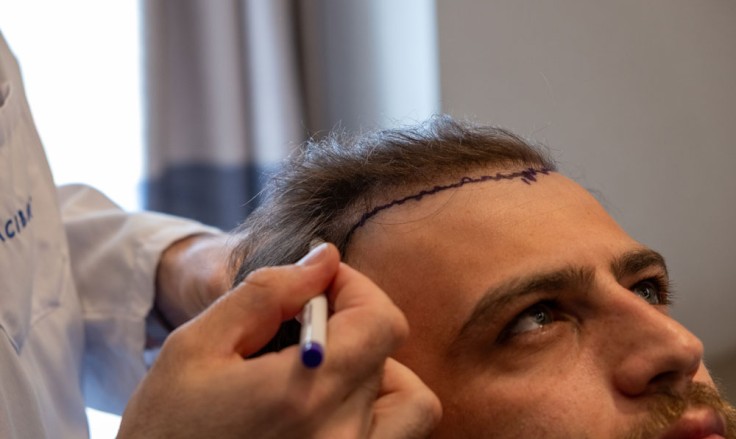DHI vs. Traditional Hair Implants: Pros, Cons, and Insights
Introduction
Modern hair restoration offers two main methods. One is DHI, and the other is traditional hair implants. In essence, both methods aim to restore hair naturally. However, each has its unique advantages and challenges. This guide compares DHI vs. Traditional Implants. We explore the pros, cons, and insights of each approach. Ultimately, you will gain the knowledge needed to make an informed decision. By reading this guide, you can set realistic expectations for your hair transplant journey.
Understanding the Techniques
DHI stands for Direct Hair Implantation. It uses a specialised tool for direct graft placement. Traditional hair implants often use a strip method. In traditional methods, a strip of scalp is removed. This strip is then dissected into individual grafts. Both techniques aim for natural hair restoration. However, their procedures differ significantly.
Pros of DHI
DHI offers many advantages. Firstly, it provides high precision. Grafts are placed directly using a pen-like tool. This reduces the need for channels. Secondly, there is less trauma to the scalp. Smaller incisions lead to minimal scarring. Thirdly, DHI tends to have a higher graft survival rate. More grafts survive the process. In addition, recovery may be faster. Patients experience less discomfort and quicker healing.
Cons of DHI
DHI has some drawbacks. It may take longer than traditional methods. The procedure is more time-consuming. It requires a skilled practitioner. As a result, it can cost more. Additionally, not every patient is ideal for DHI. Factors such as scalp thickness matter. In short, DHI may not be suitable for all cases.
Pros of Traditional Hair Implants
Traditional hair implant methods have their benefits. They are often faster than DHI. The strip method can cover large areas quickly. Many clinics use well-established techniques. Costs can be lower compared to DHI. In addition, traditional methods have a long track record. Surgeons have refined these techniques over many years. They are widely available. Ultimately, traditional implants are a reliable option.
Cons of Traditional Hair Implants
Traditional implants also have disadvantages. They often require a linear scar. The strip method leaves a scar along the donor area. Some patients may notice this scar. Additionally, the dissection process may damage grafts. This can lower the survival rate of hair follicles. Recovery time might be longer. In essence, the drawbacks include visible scarring and potential graft loss.
Comparing DHI and Traditional Implants
When comparing the two, consider precision and scarring. DHI offers precise placement with minimal trauma. Traditional methods are faster and can be more cost-effective. However, DHI generally results in higher graft survival. In contrast, traditional implants may have a higher chance of graft damage. Both methods require careful planning. Your overall hair loss pattern and scalp condition matter. In short, the choice depends on your specific needs.

Key Factors to Consider
Several factors influence your choice. Firstly, consider your budget. DHI tends to be more expensive. Secondly, assess your hair loss severity. Extensive loss may benefit from traditional methods. Thirdly, your scalp characteristics are important. A thicker scalp may yield better results with DHI. In addition, review recovery expectations. DHI often offers a quicker recovery. Lastly, consult with experienced surgeons. Their advice is vital in choosing the right method.
Pre-Operative Preparation
Proper preparation is critical. Begin with a comprehensive consultation. Your surgeon will evaluate your scalp and overall health. In addition, you may need digital imaging. This helps plan the precise placement of grafts. Follow any pre-operative instructions closely. Adjust your medications if required. Additionally, maintain a healthy diet. Good nutrition aids in faster recovery. In essence, pre-operative preparation sets the stage for a successful transplant.
The Surgical Process
On the day of surgery, follow your surgeon’s guidelines. You may need to fast for several hours. The procedure is performed under local or general anaesthesia. In DHI, each graft is placed individually. Traditional methods use a strip harvesting technique. Both processes are done with care and precision. Advanced technology plays a key role in both methods. In short, the surgical process is customised for your needs.
Immediate Post-Operative Care
Post-operative care is essential for a smooth recovery. Initially, expect some swelling and mild discomfort. Your surgeon will prescribe pain medications. Use ice packs to reduce swelling. Follow wound care instructions diligently. Keep the surgical area clean and dry. Rest is crucial during the first 48 to 72 hours. In summary, proper immediate care is key to long-term success.
Conclusion
To summarise, both DHI and traditional hair implants offer distinct benefits. DHI provides precise graft placement with minimal scarring and faster recovery. Traditional methods, however, are faster, widely available, and cost-effective. Ultimately, the choice depends on your unique needs, scalp condition, and budget. Thorough pre-operative preparation and expert consultation are crucial in making the right decision.
By understanding the pros and cons of each method, you can set realistic expectations and achieve lasting results. Whether you choose DHI or a traditional approach, your commitment to proper care and maintenance will ensure a natural, successful outcome for your hair restoration journey.
For more information on hair transplant procedures and to book a consultation visit the ACIBADEM Beauty Center hair transplant webpage.




